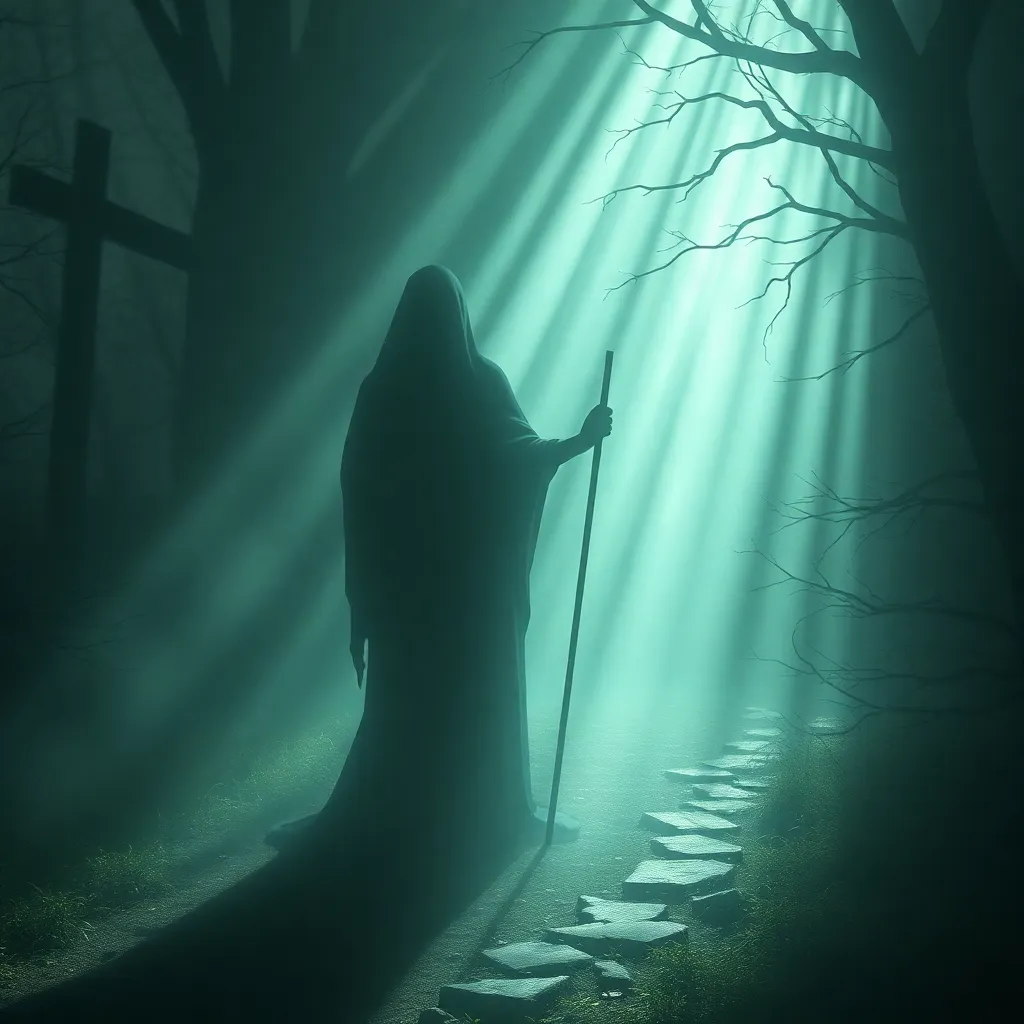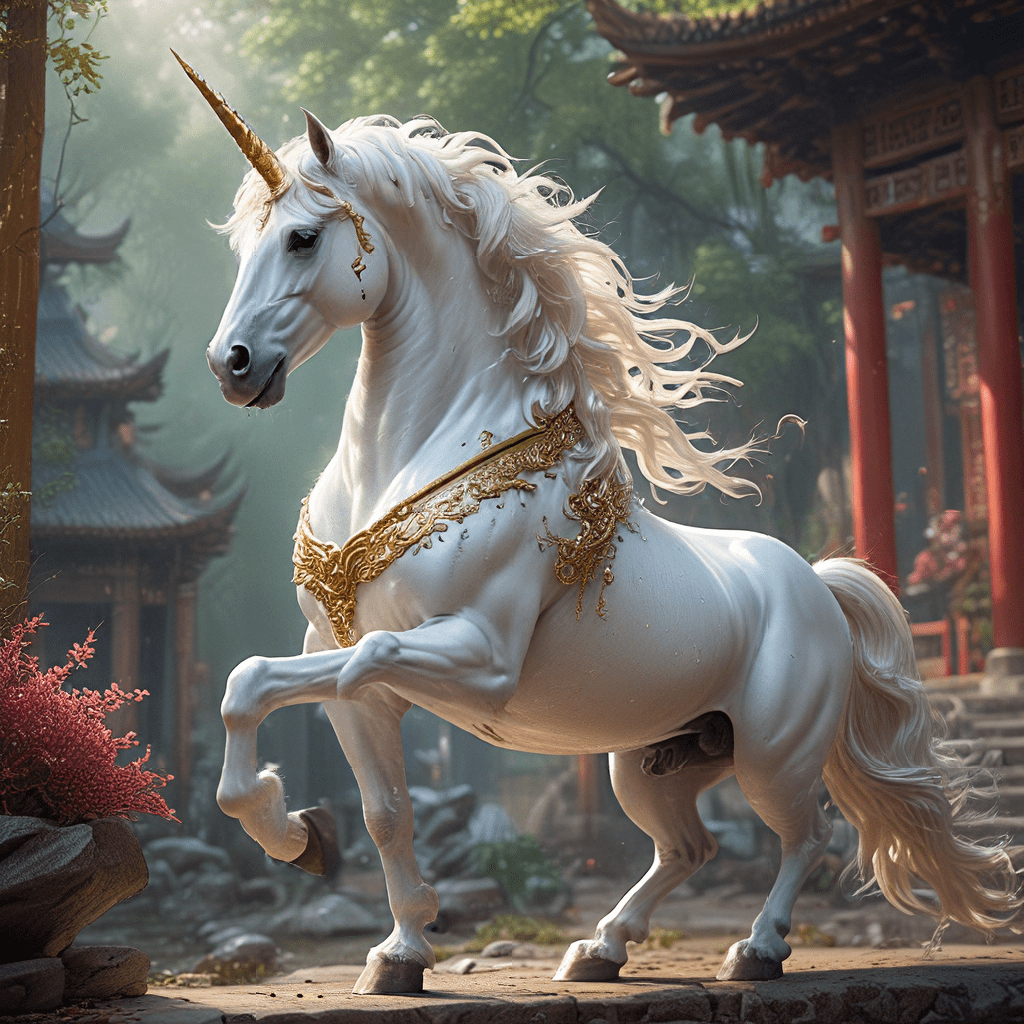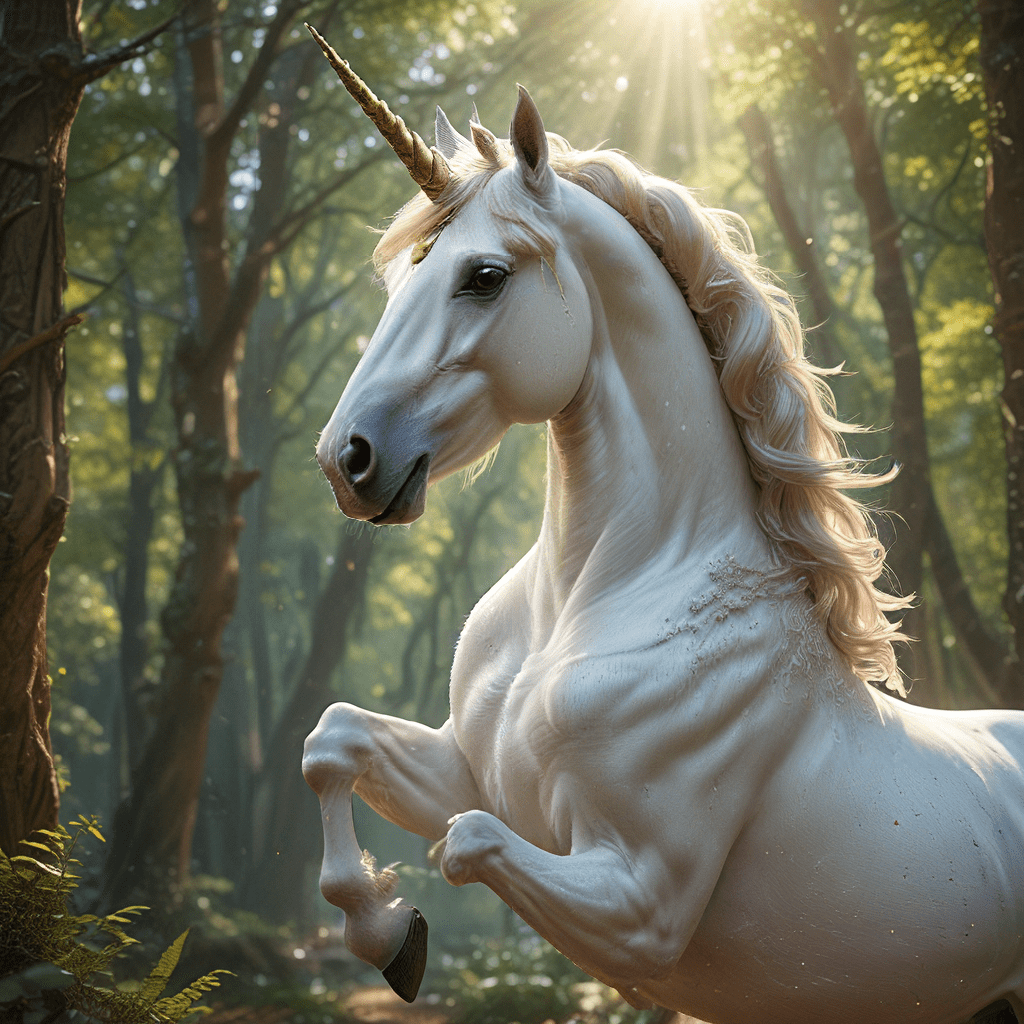Spectral Shadows: Exploring the Ghosts of Celtic Mythology
I. Introduction to Celtic Mythology
Celtic mythology is a rich tapestry woven from the threads of ancient stories, beliefs, and cultural practices that have shaped the identity of the Celtic peoples across Ireland, Scotland, Wales, and beyond. This cultural heritage has its roots in the oral traditions that were passed down through generations, emphasizing the significance of mythology in understanding the world, nature, and the human experience.
Mythology played a vital role in Celtic traditions, serving not only as a means of entertainment but also as a way to explain natural phenomena, instill moral lessons, and navigate the complexities of life and death. The stories often feature gods, heroes, and a plethora of otherworldly beings, among which spectral shadows take a prominent place, representing the ghosts and spirits that linger in the narratives.
II. The Nature of Ghosts in Celtic Beliefs
In Celtic lore, ghosts and spirits are integral to the cultural narrative, often reflecting the beliefs and values of the society. These entities can be defined as the souls of the deceased who have not found peace or who have unfinished business in the mortal realm.
There is a distinct classification in Celtic beliefs concerning spirits:
- Benevolent Spirits: These are often viewed as protective figures, like guardian ancestors, who watch over their living descendants.
- Malevolent Spirits: These are more ominous figures that can cause mischief or harm, often embodying the fears and anxieties of the community.
Common themes in Celtic ghost stories include:
- The connection between the living and the dead
- The concept of fate and destiny
- Revenge and justice
III. Notable Ghostly Figures in Celtic Mythology
Celtic mythology is populated by a diverse array of ghostly figures, each with its own story and significance. Some of the most notable include:
A. The Banshee: Harbinger of Death
The Banshee is perhaps one of the most famous spectral figures in Irish mythology. Often depicted as a wailing woman, she is said to appear before the death of a family member, serving as a forewarning. The Banshee embodies the connection between the living and the afterlife, symbolizing the sorrow of loss.
B. The Dullahan: The Headless Horseman
The Dullahan is a fearsome figure known as the headless horseman. Riding a black horse and carrying his own severed head, the Dullahan is a harbinger of death, appearing to claim the souls of the dying. His presence is often associated with dread and foreboding, reinforcing the theme of mortality in Celtic folklore.
C. The Puca: Trickster Spirit of Transformation
The Puca is a shape-shifting spirit capable of taking various forms, often appearing as a horse or goat. Known for its mischievous nature, the Puca can both help and hinder humans, highlighting the duality of spectral beings in Celtic mythology. Its transformative abilities reflect the fluidity of identity and the unpredictability of life.
IV. The Role of Ancestors and the Afterlife
Ancestor veneration is a significant aspect of Celtic spirituality, where the reverence for those who have passed shapes many cultural practices. The Celts believed that the spirits of ancestors could influence the lives of the living, providing guidance or warnings.
Beliefs about the afterlife in Celtic culture often center around the concept of the Otherworld, a mystical realm where souls reside after death. This realm is depicted as a paradise, filled with abundance and peace, contrasting with the struggles of earthly life. The significance of ancestral spirits continues to resonate in contemporary culture, where practices such as Samhain highlight the connection between the living and the dead.
V. Ghostly Encounters and Folklore
Across different Celtic regions, numerous ghost stories have emerged, each reflecting the unique cultural fabric of the community. Some famous ghost stories include:
- The ghost of the White Lady of Kinsale, Ireland
- The specter of the Black Dog in Scottish folklore
- The haunting of the Tower of London by Anne Boleyn’s ghost
The impact of folklore on community identity is profound, as these stories often serve as a means of connecting people to their heritage and shared experiences. Storytelling remains a vital tradition, preserving ghostly tales and ensuring that the spectral shadows of the past continue to haunt the present.
VI. The Influence of Celtic Ghosts on Modern Culture
In recent years, the representation of Celtic ghosts has found a place in literature and film, with stories that echo the ancient narratives while appealing to contemporary audiences. Works by authors such as Neil Gaiman and films like “The Secret of Kells” have revitalized interest in these spectral figures.
The resurgence of interest in Celtic spirituality and folklore has led to the emergence of ghost tours and folklore festivals, where people gather to explore their cultural heritage and share ghostly encounters. This revival fosters a deeper understanding of the Celtic connection to the supernatural.
VII. The Intersection of Nature and the Supernatural
The natural world holds a significant place in Celtic mythology, with many spectral entities closely tied to the landscape. Places such as ancient stone circles, burial mounds, and sacred groves are often seen as gateways to the Otherworld, where ghosts and spirits are believed to reside.
Environmental themes are prevalent in Celtic ghost stories, highlighting the interconnectedness of nature and the supernatural. These narratives often emphasize respect for the land and the spirits that inhabit it, encouraging a harmonious relationship between humanity and the natural world.
VIII. Conclusion: The Enduring Legacy of Celtic Ghosts
The spectral shadows of Celtic mythology serve as a powerful reminder of the rich cultural identity that has survived through the ages. These ghostly tales reflect the complexities of human experience, exploring themes of loss, connection, and transformation.
As we delve into the realm of Celtic ghosts, we find that their stories remain relevant in modern society, offering insight into our own lives and the mysteries of existence. The exploration of mythology and its ghosts invites us to consider our place within this enduring legacy, encouraging us to honor the past while embracing the present.



